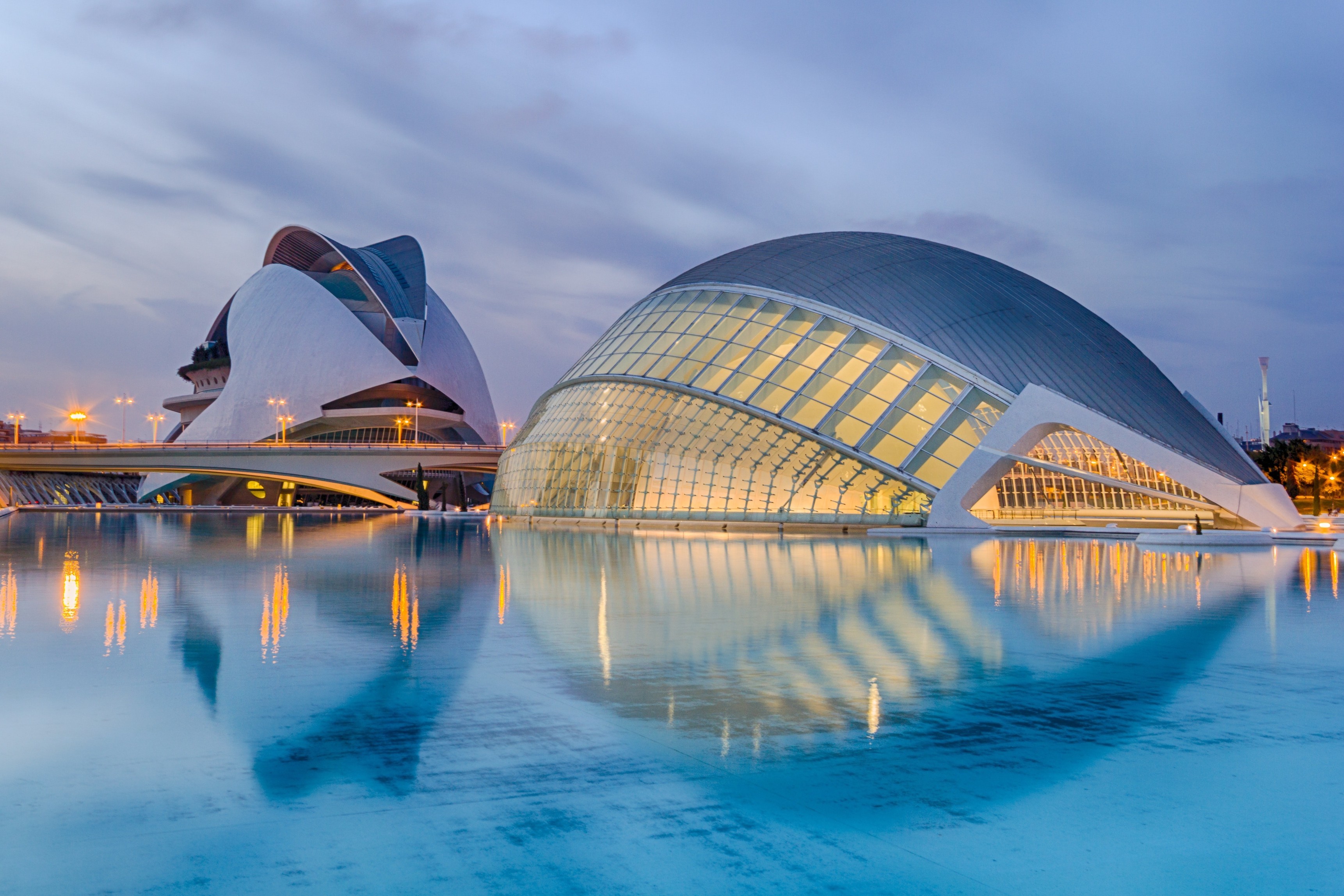
Freak weather may have ruined the beach holiday she had planned but that didn’t stop Comment Editor Abby Spreadborough from soaking in the Spanish culture of Valencia
When I decided to visit València this summer I came to it in a roundabout way. Initially, I was set on the Basque region of San Sebastián situated on the Atlantic coast not too far from Bilbao. However, after some research and budgeting, I realised it wasn’t for me. Tourist hot spots like Barcelona and Madrid were already booked up for the summer. Nevertheless, my heart was set on Spain. Scrolling along the Spanish coastline on Google maps my eyes locked on València. The city is home to miles of blue flag beaches and is renowned for its food culture like San Sebastian. Yet, while València was far down on my list it was able to prove itself in many surprising ways and crucially distinguish itself from my initial dream destination.
We situated ourselves in a small hotel between El Carmen, the city’s old town and the Malvarrosa blue flag beach. We planned to half our time between the beach and the city providing ourselves with a proper summer break and a bit of culture but before we knew it parts of the city were underwater.
Before we knew it parts of the city were underwater
No one expects to spend their summer holiday experiencing freak weather causing river banks to burst and turning the beachfront into the chilly English channel instead of the much sought after Med. Whilst the centre of València was soaked it was our task to fill our beach time with double the culture.
Our first stop was the Museu de Belle Arts de València. This large gallery boasted works by Goya and Velasquez worth the trek from the city’s nearest metro station. As the rain eased we ventured out but before too long the floods had begun in force and we were trapped with waterlogged shoes and soaked through clothes that didn’t exactly provide for comfortable viewing of the museum’s admittedly very samey religious art. After countless paintings of Jesus, Saints and triptychs of the apocalypse we returned to our hotel to dry and search for some better indoor activities.
Soon we had a created a bucket list. We started with the Valencian Museum of Modern Art or IVAM. Only a short walk from the far more traditional but arguably underwhelming Museum of Fine Arts its galleries explored broad themes of conflict, identity, markets, home and media narratives not only within Spanish art but with multi-media pieces from across the West and the Middle East. However, a particular highlight was a series of photographs and early plans for Picasso’s Guernica.
Next on the list was to get out of the city and explore the surrounding region, heading further North to the town of Sagunto to avoid the floods. As the train pulled into Sagunto I wondered if I had made an error as few others got off the train and as we started towards the towns hilltop castle and restored amphitheatre the town was entirely deserted.
Overwhelmingly I was left with the impression that València is a city of architecture
Just an hour after roaming the eerily quiet cobbled streets music erupted from various distant quarters of the town diverting our attention back to the town centre where men, women and children all gathered in traditional dress accompanied competing bands. Organized chaos ensued as the bands and their families began marching towards the amphitheatre to celebrate the day of Catalonia. In València, celebrations took place in the form of Bonica-fest in which the city’s large food hall remained open for the evening and Euro-pop blared through the streets. Despite the city’s size, it could not rival the authenticity of the regional holiday in Sagunto.
Aside from the town’s lively locals, we visited a small museum on tragedy and their performances. The exhibition includes costumes from recent productions of Medea and Antigone, a reconstructed Bacchanal as well as preserved ruins which gave us a taste of the looming castle. As the day drew to a close we reached the castle hoping to take in sweeping views of the sunset. Instead, we were met with not too distant storms blanketing surrounding low lying areas. In retrospect, the storms framed by a ruined castle were a far more memorable sight than the typical tourist brochure sunset.
One of our final stops and one of the biggest attractions (or so I was informed) in València was the City of Arts and Sciences. Between the old town and the sea is a futuristic complex aiming to marry twin but often oppositional disciplines of art and science. Wondering through the complex modelled on organic forms and merging with the mosaic pools I couldn’t help but feel the architecture was wasted. The arts centre was darkened inside, the science museum felt empty and what I thought was an exhibition turned out to be an IMAX. It was like a failed utopian project. I’d only visit the complex if you have an interest in the architecture as it was very much a case of style over substance.
Overwhelmingly I was left with the impression that València is a city of architecture from the smooth yet jagged forms of the City of Arts and Science to the imposing presence of the 13th-century cathedral and the city’s grand central market resembling a church more so than a food hall with its stain glass windows.
In some ways, I am grateful for the storms as they forced me inside small churches I would have otherwise not visited, tucked away tapas bars with avant-garde interiors and Sagunto beyond València itself which offered an authentic, unexpected insight into the Valencian region I was initially unsure of.
Comments